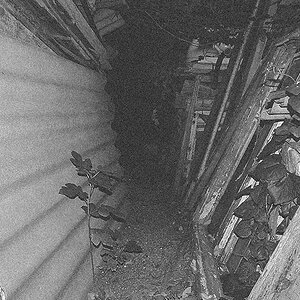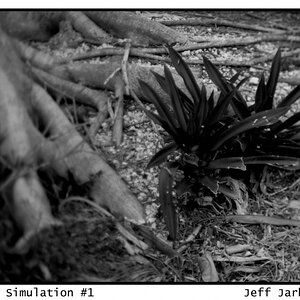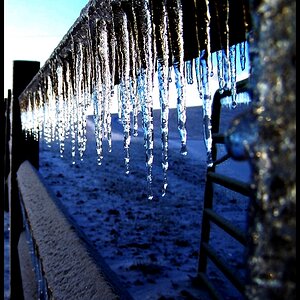thebeginning
TPF Noob!
- Joined
- Jan 10, 2005
- Messages
- 3,795
- Reaction score
- 30
- Location
- Texas
- Website
- www.danielcolvinphotography.com
- Can others edit my Photos
- Photos NOT OK to edit
I have been wondering this for quite a while...when you get a 17mm lens (say 17-55 or so) how come it doesnt seem to really be 17mm? I mean, on my film camera, my 28mm lens is more wide angled than the 17mm. Why is this? and can you get ultra wide angle lenses for dSLRs or do you have to just get a .45x adapter or something?



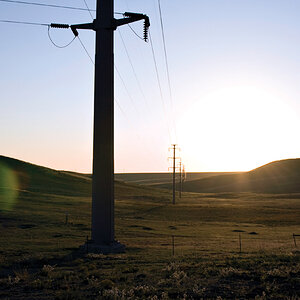

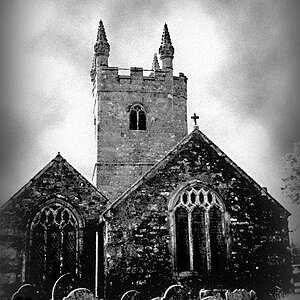
![[No title]](/data/xfmg/thumbnail/40/40287-4f839095000f74d779b90ed75df9dc62.jpg?1619739408)
![[No title]](/data/xfmg/thumbnail/34/34483-f862f99992bbdd79e95d390a65e59f6e.jpg?1619736510)

